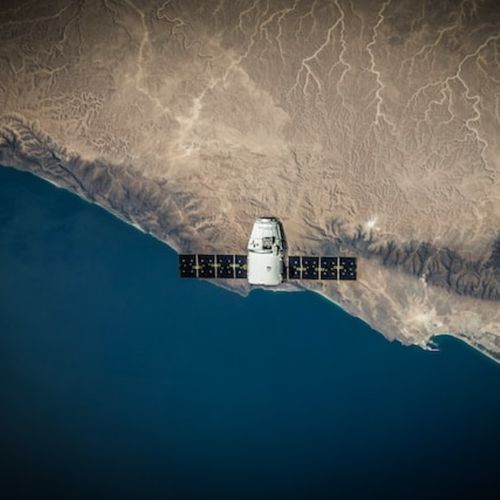Space Waste : The Junk That Litters Our Skies
Aug 11, 2022 · 2 mins read
0
Share

If you are conscious of mankind's destructive and pollutant impact on the environment, spare a thought for the skies. Experts say hundreds of millions of pieces of trash are currently floating in our atmosphere, discarded in the cosmos like nebulous space garbage.
Save
Share
Space waste, aka space debris, is the term given to manmade objects abandoned in the atmosphere. No longer serving any function, these pieces are destined to float in supernal space for all eternity or burn up on re-entry to the Earths atmosphere one day in the future.
Save
Share
Junk of all sizes, from dysfunctional satellites the size of a bus to tiny microparticles smaller than a grain of sand, are polluting our skies and cluttering up the galaxy. Waste includes abandoned launch stages, derelict rockets, fragmented parts and even flecks of paint.
Save
Share
Whizzing around at speeds of up to 36,000km PH, junk in orbit of around 600km or lower usually falls to Earth within years. Debris floating around 1,000km and higher can stay in orbit for centuries. It poses a risk to spacecraft, satellites and communications down here on Earth.
Save
Share
Since the 1957 launch of Sputnik 1, arguably the original piece of space junk, the lower orbit has become crowded. More than 4800 functioning satellites (and 2400 defunct ones) pepper these altitudes alongside ISIS Space Station and, since 2018, one of Elon Musk's many cars.
Save
Share
Such pollution, even if not visible to the naked eye, leaves agencies and governments counting the economic cost of an extra terrestrial clean up. Set to launch in 2025, the European Space Agency laid out its ambitious plans for space debris removal, aptly called ClearSpace-1.
Save
Share
In ClearSpace-1, a novel 4-armed robot will target large pieces of space junk, hug it tightly and then hurtle back towards Earth, burning up both devices on re-entry. A space age solution to a space junk problem!
Save
Share
This not the first attempt to tidy up the sky. NASA tracks more than 26,000 pieces of interplanetary garbage currently making their way across the cosmos while the ELSA-d mission has been gathering up space waste using a form of magnetic retrieval.
Save
Share
Unfortunately, space waste is a high cost and low priority form of pollution to most governments, and with few International laws regarding space commercialisation, debris, or atmospheric pollution, its up to agencies like ESA and NASA to invent new and innovative answers.
Save
Share
Next time you’re admiring the majesty of the Milky Way or wishing on a faint falling star streaking the skies above, think about the estimated 8,000 metric tonnes of flotsam, forsaken in the heavens.
Scientists might find a way of sweeping the skies clean.
Watch this space!
Save
Share
0